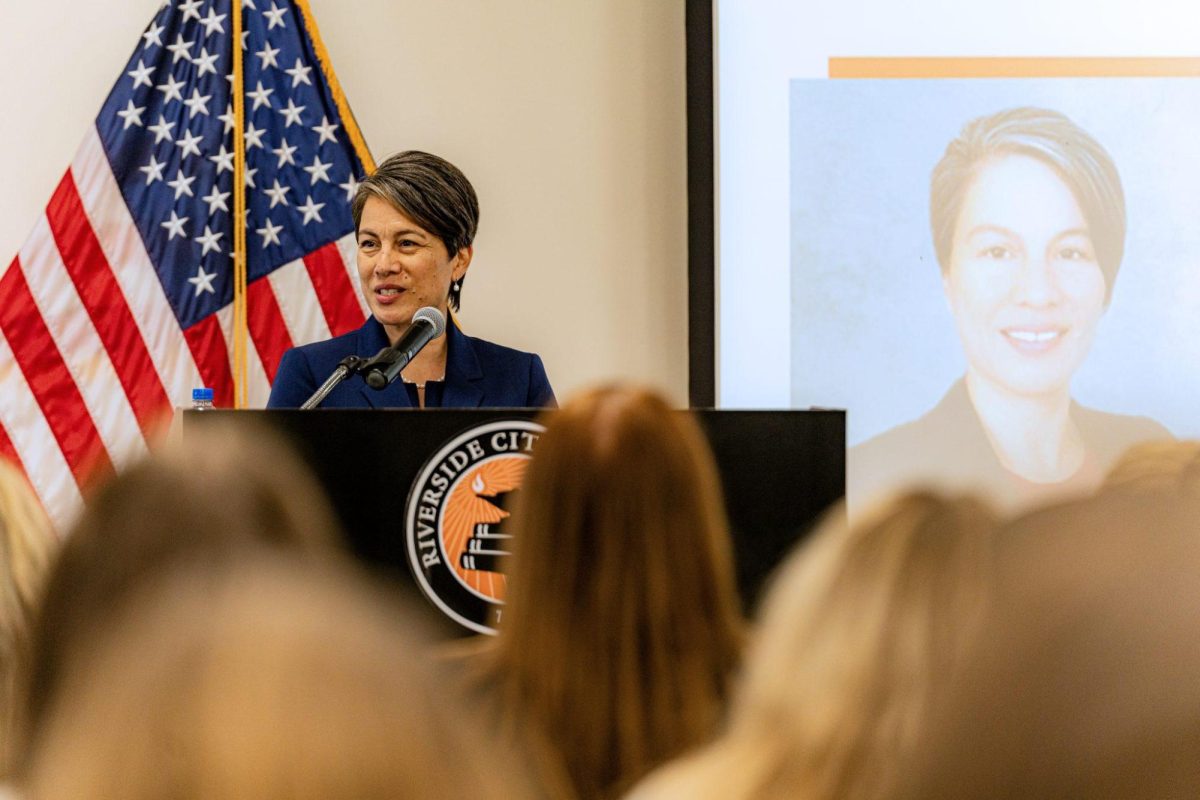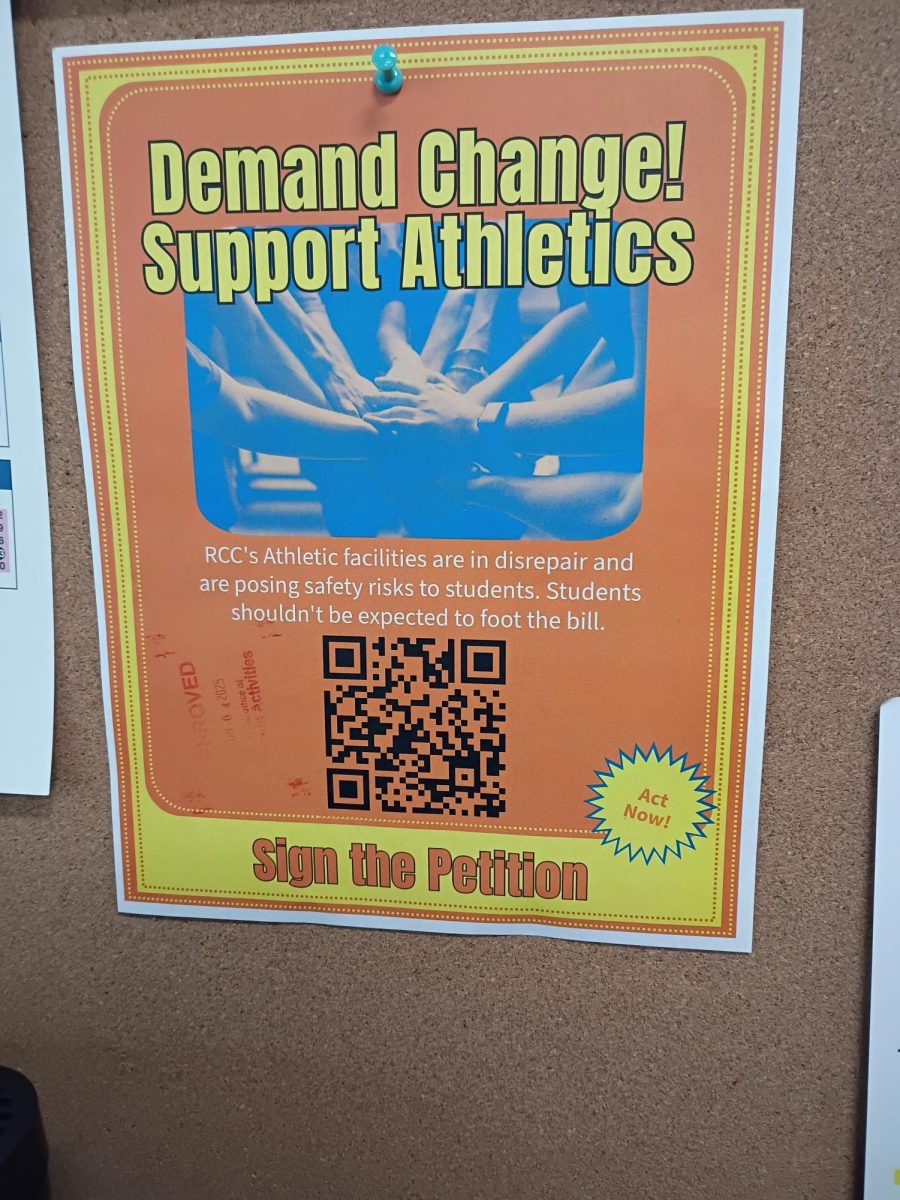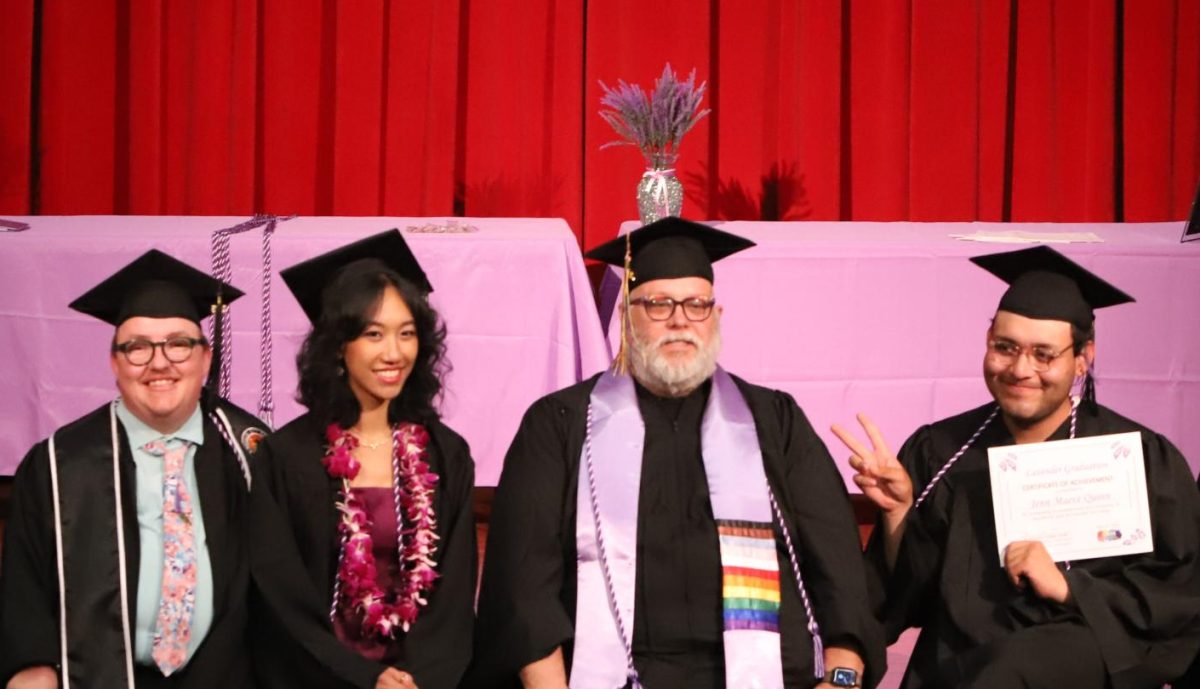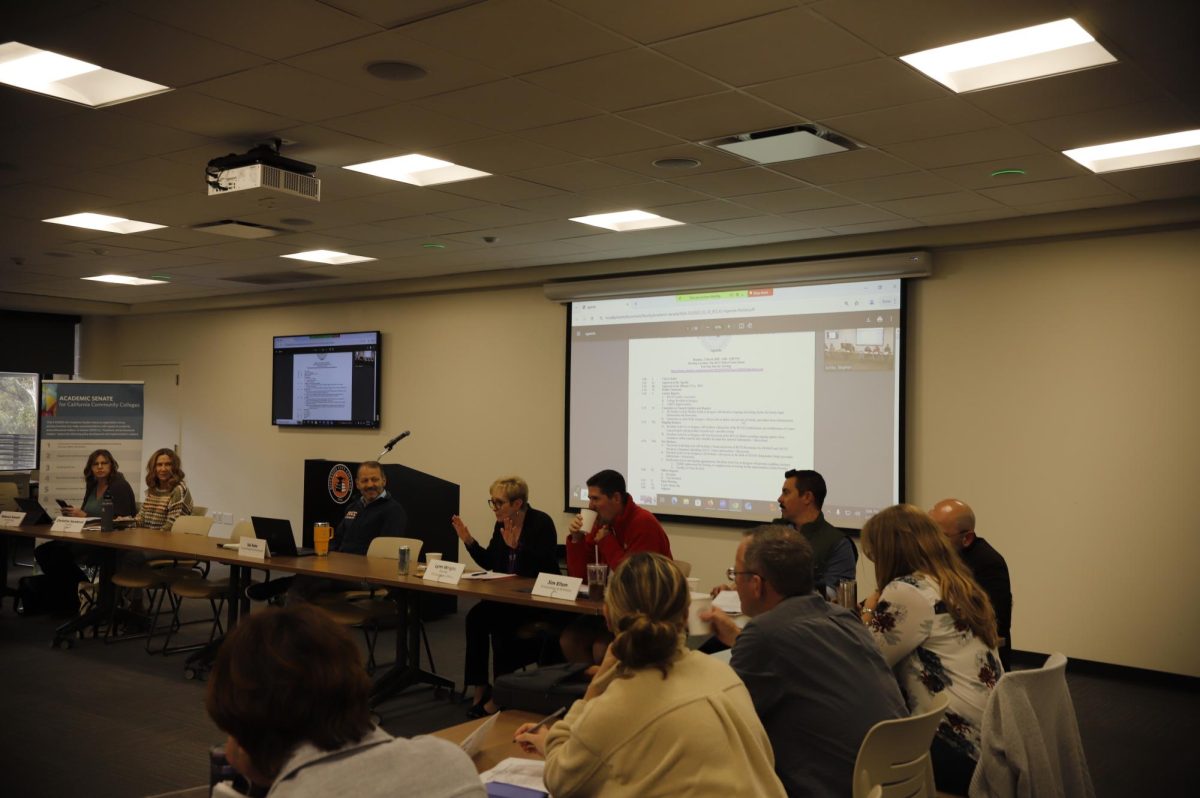By Laura Hernandez
By Laura Hernandez
Since World War II, veterans have received benefits for their active duty. These benefits included health care at a Veterans hospital and job training.
Veterans also received free education assistance, if they had an honorable discharge.
Isaac Conyers III, a retired school teacher in Riverside, remembers the free education he received after his discharge.
“I went into the Navy during World War II and then I got an honorable discharge”, Conyers said. “Because I was in the Navy, I went to school for free. All World War II veterans had this benefit when they were discharged.”
As the Iraqi war continues, people still believe veterans receive free education. The government now only pays a certain part. The veterans receive some education but not all.
The Montgomery GI Bill no longer gives veterans full educational assistance. They are given a certain amount every month which can go toward their education. The Veterans must qualify by completing high school and having an honorable discharge. They also must qualify under certain categories in the Montgomery GI Bill.
Depending on how much money is given monthly, the tuition might not be fully covered. There is the option of the college fund increase. Different branches of service may offer. The college fund money is additional money that increases the basic Montgomery GI Bill monthly benefits and is included in the VA payment.
There is also the option of using tuition assistance. If the veterans are on active duty for more than two years, the Montgomery GI Bill can be used to supplement or “top up” the tuition assistance. Top up covers the remaining percentage of costs approved by tuition assistance. The veterans might not have to pay very much for education out of their pockets.
The basic payments for college and vocational or technical schools are based on the training time the veteran went through. For flight training the veteran would receive 60 percent for the amount of the course. For reimbursement of tests for license or certifications the veteran receives 100 percent of the charges up to the maximum of $2,000 per test.
If the veteran dies while in service or after, all the benefits go to the surviving family members. The family is also allowed to use the benefits if the veteran does not. The benefits can only be used up to 10 years after the veteran’s discharge but can be extended if a disability occurs.
Schools nationally, including Riverside Community College , help veterans collect their money given in the Montgomery GI Bill.
“We have different programs here at RCC”, said Steve Smith in the Veteran’s office, “there are monthly veteran’s checks and some chapters in the GI Bill require the veteran to be completely disabled to receive a check.”
RCC has students currently enrolled that receive these benefits and it has helped some pay for school now and when they first came out after World War II.”It was how I was able to get an education”, sConyers said.






